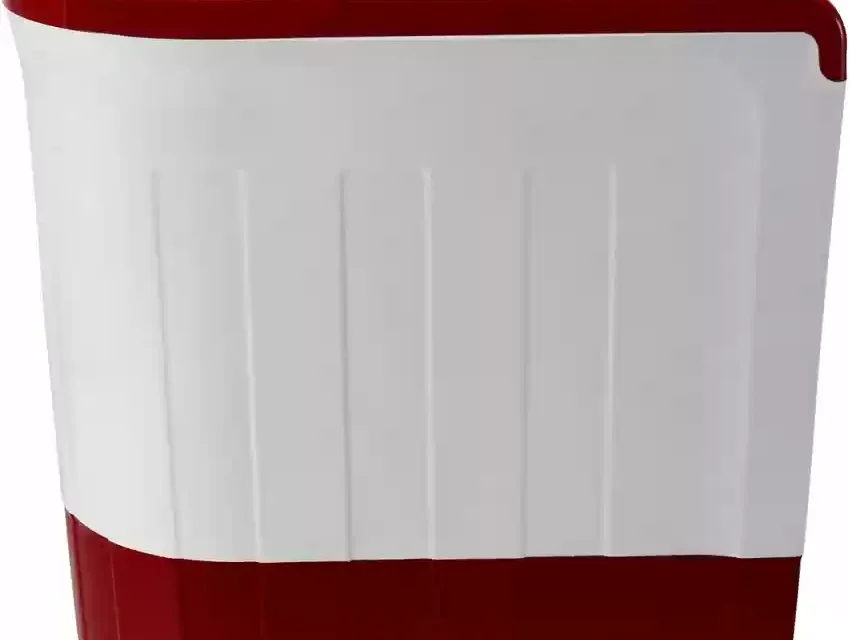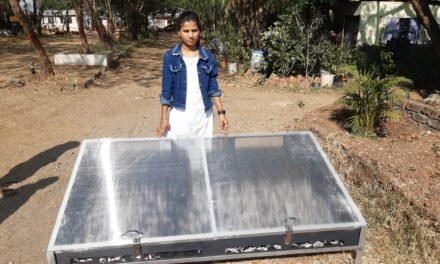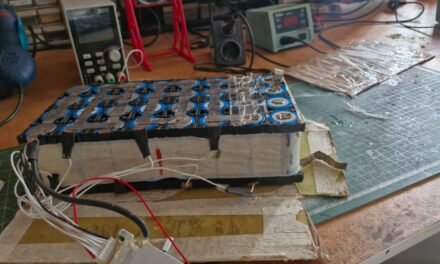DAY 1
– Problem Statement: Repair a washing machine in the electronics lab.
– Activities:
1. Motor Specification and Testing: Identified the motor specifications and tested its functionality using a voltmeter.
2. Component Inspection: Collected and recorded specifications of all washing machine components, including the gearbox, motor, and timers.
3. Conversion Plan: Proposed converting the AC washing machine to DC by using an appropriate DC motor and power supply.




DAY 2
– Activities: Calculations and component research.
– Torque Calculation: Used the power and RPM to calculate the torque for both wash and spin motors.
– Power Consumption: Calculated the power consumption for an average family using the washing machine, including soaking, washing, and spinning cycles.
– Conversion Components: Identified necessary components for converting the machine to DC, such as a battery pack, rectifier, voltage regulator, and a new control board.



DAY 3
– Activities: Battery and motor research.
DAY 4
– Activities: Presentation and energy forms discussion.
– Method Presentation: Presented various conversion methods to sir, who rejected the inverter-based approach due to efficiency concerns.
DAY 5
– Activities: Gearbox and gear ratio study.
– Gearbox Comparison: Compared different gearboxes available in the market, including Whirlpool and equivalent gearboxes.
– Gear Ratio Calculation: Calculated gear ratios for normal and planetary gears to determine output RPM and torque requirements for the washing machine.
– Market Pricing: Researched and compared the prices of equivalent gearboxes.


DAY 6
– Activities: Motor specification and analysis.
– Motor Specifications: Presented the specifications of various motors to Dixit Sir.
– Power Consumption Issue: Identified that the motors had higher power consumption, making them unsuitable for the project.


DAY 7
– Activities: Comparative study of motor efficiency.
– Motor Types: Researched the efficiency of BLDC motors, brushed DC motors, and asynchronous and synchronous AC motors.
– Efficiency Comparison: Compared their efficiency at high and low speeds, variable speed performance, and advantages/disadvantages.

DAY 8
– Activities: Motor efficiency and installation research.
– Efficiency Research: Continued research on motor efficiency and their applications.
– Existing Installations: Studied existing motor installations and their performance in similar applications.
–Activities: Recalculation of motor output rpm and torque by taking into consideration pulley installed for transmission.
–Motor testing: Checked the actual watt of motor using clamp meter.



DAY 9
Conclusion: It is not feasible to to replace dc motor as the motor available of required specifications are not available in the market taking into consideration rated power, rated speed, rated torque and cost of motor.




